Multiple Choice
1. Many career counselors trace the origins of career assessment back to:
a. Frank Parsons.
b. Donald Super.
c. Alfred Binet.
d. David Wechsler.
ANSWER: a
2. One of the reasons interests are assessed in career counseling is because interests are a good predictor of:
a. occupational success.
b. job satisfaction.
c. career direction and occupational choice.
d. job effectiveness.
ANSWER: c
3. Examining how clients spent their time and their preferred activities is a way to identify _____________ interests; asking clients about their interests helps to identify their _____________ interests.
a. covert; overt
b. indirect; direct
c. strong; weak
d. manifest; expressed
ANSWER: d
4. Which of the following is an advantage of using an interest inventory?
a. They are less expensive to use than other methods of identifying interests.
b. They often connect clients’ general interest areas to specific occupations.
c. Interest inventories are a better predictor than expressed interest of occupational choice.
d. Interest inventories are the best predictor of occupational success.
ANSWER: b
5. The most widely-researched career counseling instrument is the:
a. Career Assessment Inventory (CAI).
b. Jackson Vocational Interest Survey (JVIS).
c. Kuder General Interest Inventory (KGIS).
d. Strong Interest Inventory.
ANSWER: d
6. The Strong Interest Inventory assesses:
a. what clients are good at.
b. the types of jobs in which clients might be successful.
c. clients’ likes and interests.
d. clients’ job effectiveness.
ANSWER: c
7. When interpreting a client’s Strong Interest Inventory, the counselor should:
a. focus on the Occupational Scales because they are the most reliable.
b. move from general interests to more specific interests (e.g., certain occupations).
c. provide the profile to the client and answer any questions that might arise.
d. start with the Occupational Scales and then move to the General Occupational Scales.
ANSWER: b
8. Whose theory has had a significant influence on the General Occupational Themes of the Strong interest inventory?
a. John Holland’s
b. Donald Super’s
c. John Krumboltz’s
d. Anne Roe’s
ANSWER: a
9. One of the strengths of the Strong Interest Inventory is it:
a. was initially designed for use with individuals from diverse ethnic backgrounds.
b. compares the individual’s interests to the interests of individuals working in different occupations.
c. incorporates values and skills assessment in its assessment of career interests.
d. can be scored and interpreted by the client very easily and quickly.
ANSWER: b
10. One recent revision made to the Strong Interest Inventory was:
a. the addition of more items to improve its reliability.
b. the inclusion of nonprofessional in addition to professional occupations.
c. the inclusion of teacher, parent and self-report forms.
d. the addition of the Work Styles subscale to the Personal Styles Scales.
ANSWER: b


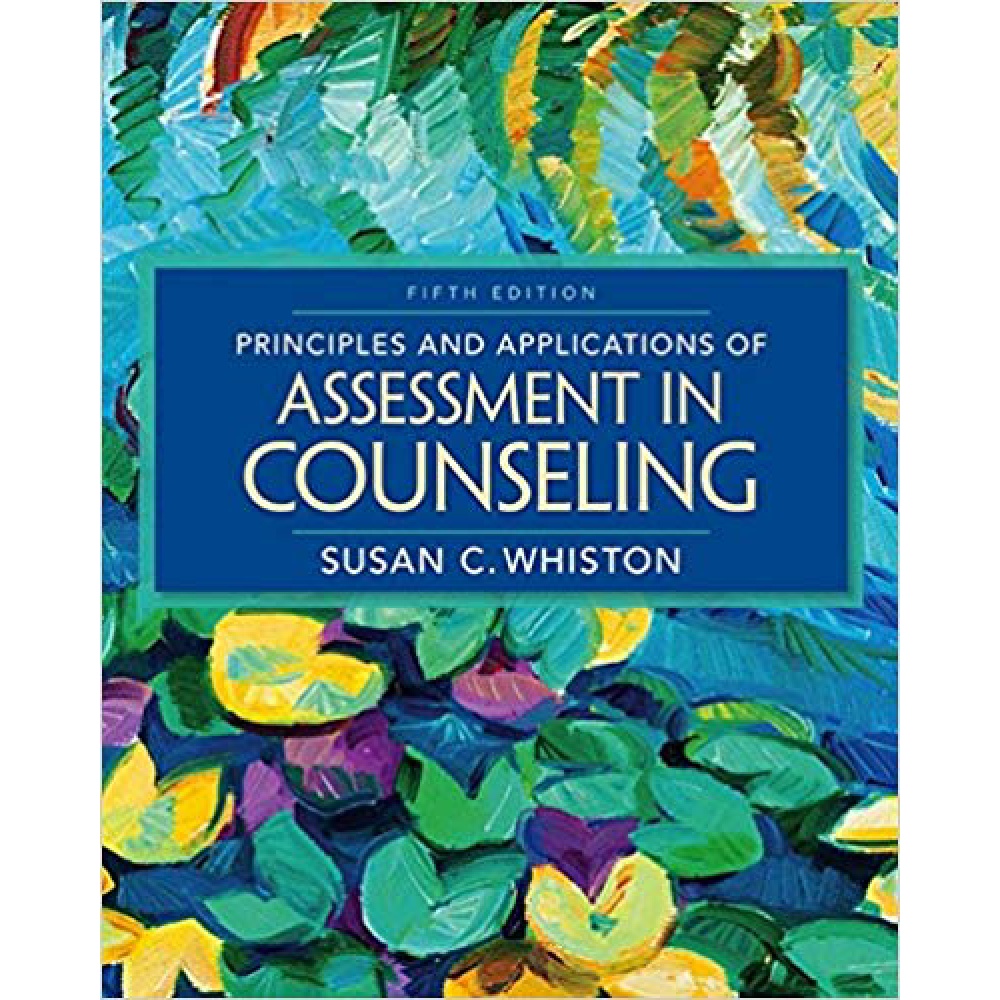
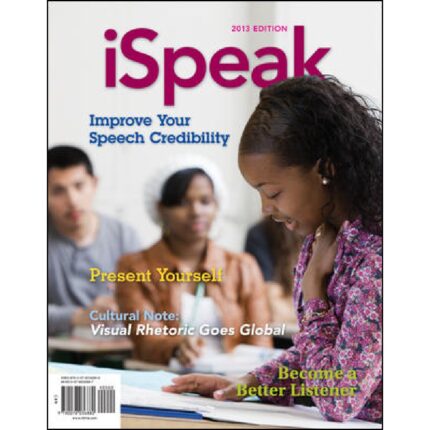



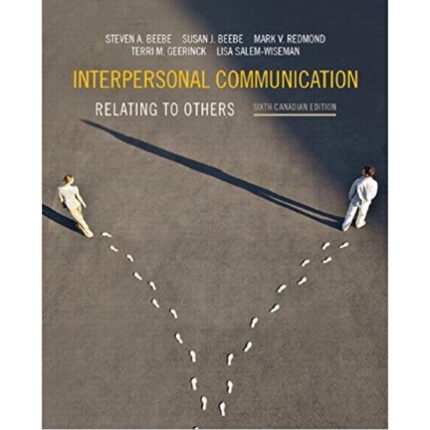
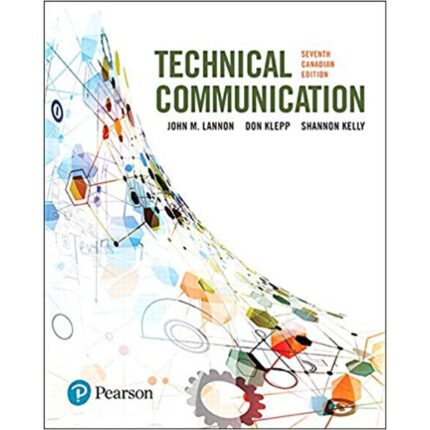


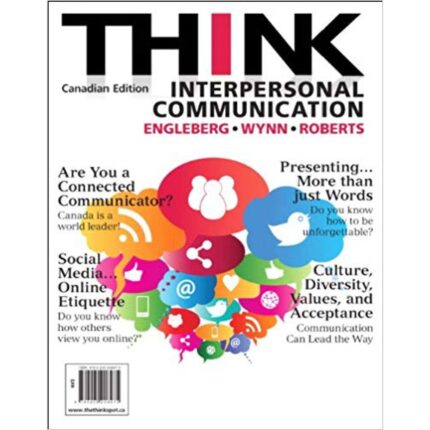
Reviews
There are no reviews yet.